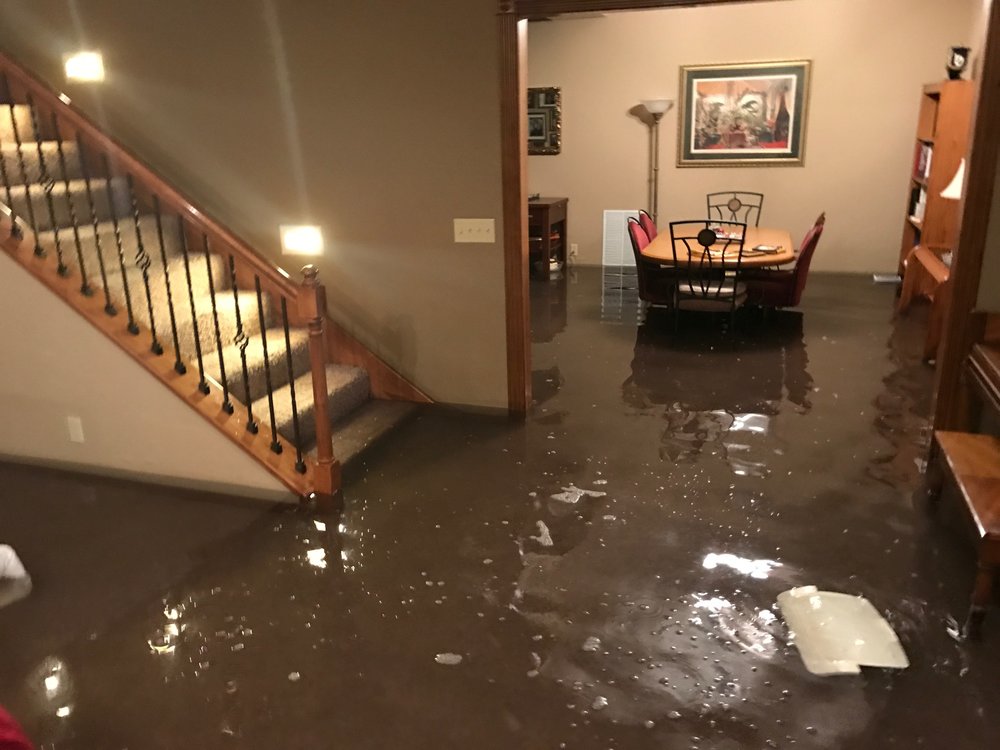Before you embark on any water damage cleanup efforts, it’s essential to prioritize safety. Water damage situations can present various hazards, including electrical dangers, structural instability, or contaminated water. Make sure to turn off the electricity in affected areas to avoid electrocution. Additionally, use protective gear such as gloves, boots, and masks when dealing with https://flood24seven.com/ floodwater to prevent exposure to bacteria, mold, or other harmful substances.
Stop the Water Source
The next crucial step is to stop the water source causing the damage. If the issue stems from a burst pipe or a faulty appliance, locate the main water valve and turn it off immediately. This will prevent further water from entering your property by https://flood24seven.com/ and exacerbate the damage. Taking prompt action to halt the water flow is vital in minimizing the extent of the destruction.
Assess the Damage
Once you have ensured your safety and stopped the water source, it’s time to assess the extent of the damage. Carefully inspect the affected areas and evaluate the severity of the water intrusion. Take note of any visible signs of damage, such as warped floors, water stains on walls or ceilings, or soggy furniture. Documenting the damage through photographs can be useful for insurance and restoration.
Remove Standing Water
To prevent further damage and mold growth, removing any standing water as soon as possible is crucial. Depending on the volume of water, you can use a wet/dry vacuum, buckets, or pumps to extract the water. If the water level is significant or you are dealing with contaminated water, it is advisable to seek professional assistance from water damage restoration specialists. They have the expertise and equipment to handle water removal safely and efficiently.
Dry and Restore
After eliminating standing water, the next step is to thoroughly dry the affected areas. Open windows and doors to improve ventilation and aid in the drying process. Use fans, dehumidifiers, and heaters to expedite the evaporation of moisture. It’s essential to dry visible surfaces and hard-to-reach areas, such as wall cavities or under flooring. Moisture detection tools can be useful in identifying hidden pockets of dampness.
Once the affected areas are completely dry, it’s time to initiate the restoration process. This may involve repairing or replacing damaged materials such as drywall, flooring, or furniture. In mold growth cases, professional mold remediation may be necessary to ensure a safe and healthy environment. It is recommended to consult with restoration professionals to assess the full scope of repairs needed and to guide you through the restoration process.





